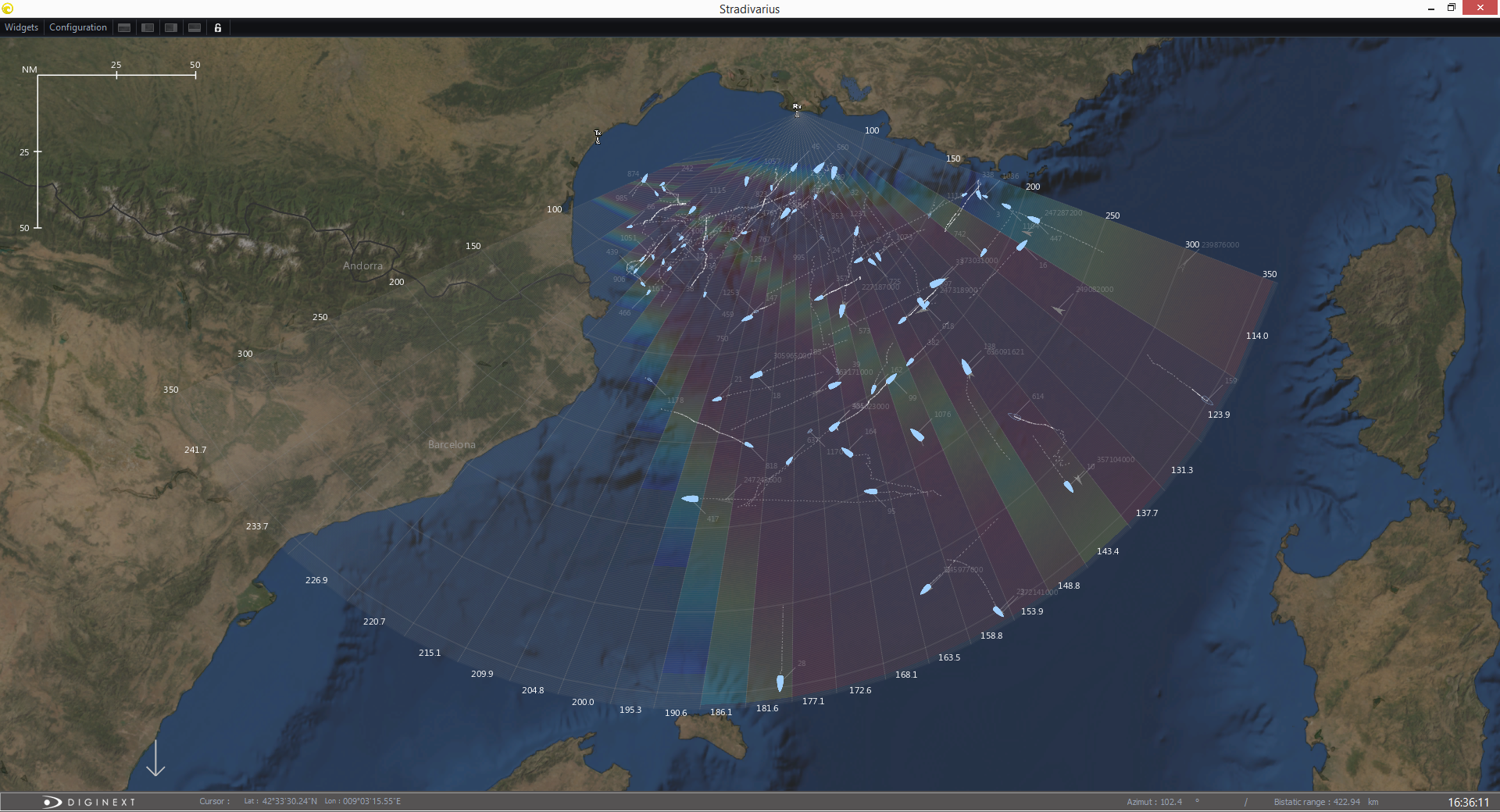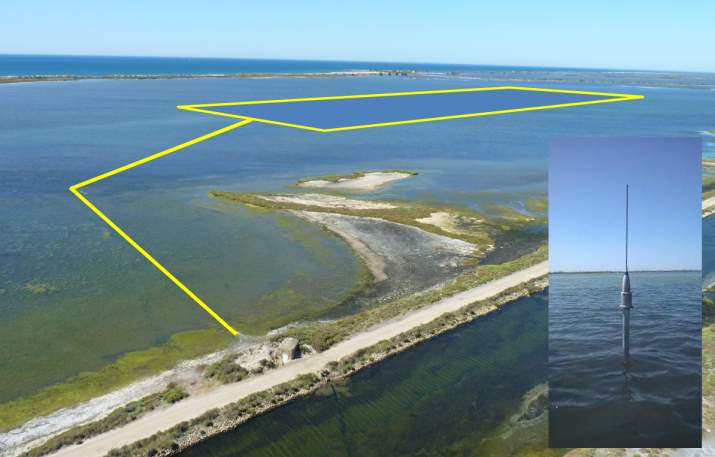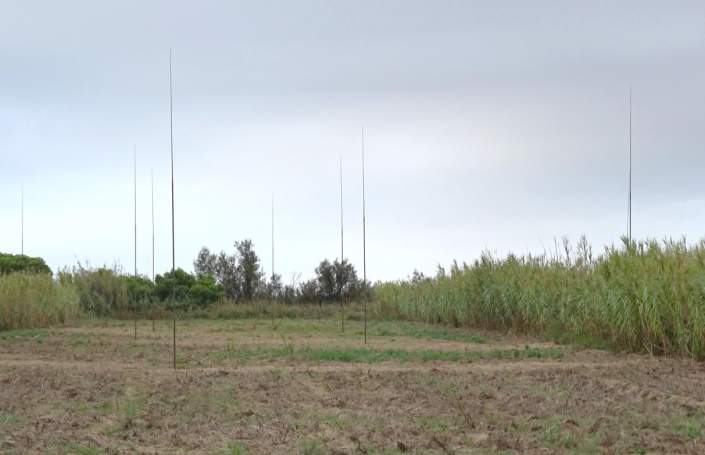Diginext's Stradivarius
over-the-horizon radar selected by the European Commission for the long-range surveillance of maritime borders
Aix-en-Provence, 11 May 2016 - Diginext has won the RANGER project for "securing maritime borders", a topic in the EU Horizon 2020 programme. The project is to implement new radar systems for the surveillance of maritime borders and in support of search and rescue operations. Diginext, working within the selected consortium, will supply its innovative radar system, Stradivarius, for the surveillance of maritime traffic well beyond the range of existing systems.
The threats to security and the humanitarian risks posed by the traffic of drugs and arms, etc., the unlawful transportation of migrants, maritime terrorism and piracy are increasing: they oblige nations to reinforce surveillance and security measures in their maritime environments, particularly within their Exclusive Economic Zones.
Controlling these risks has become a strategic issue for many countries and more broadly for the European Union, which is seeking to implement solutions that detect precursors of a threat or risk as early as possible.
Diginext, in partnership with the company Antheop, has been researching these issues for many years, and has perfected a new-generation radar system, Stradivarius, that uses high-frequency surface waves to monitor maritime traffic beyond the radio-electric horizon. Whereas current radar systems have a range of some tens of kilometres, Stradivarius can detect small boats (25 m) at up to 200 nautical miles (approximately 370 km) off the coast.
Complementing existing maritime surveillance methods (such as maritime patrols and satellite surveillance), Stradivarius can provide continuous surveillance (24/7) in real time and in sea conditions up to sea state 5. The first Stradivarius operational radar system has been installed in the Mediterranean.
The technological objectives of the RANGER project, which brings together Greek and Italian sailors and also French maritime affairs, are to:
- qualify and improve Stradivarius' performancein the operational conditions specific to the Greek archipelago with its many islands) in order to detect very small boats (a pilot site will be set up in Greece in addition to the French site); and integrate and merge detection data in the CISE (Common Information Sharing Environment),
- contribute to the development and enrichment of data in EUROSUR (the European Border Surveillance System).
The two features of Stradivarius particularly important to the European Union, and which ultimately convinced it, were its unparalleled performance and small environmental footprint (allowing it to be installed very unobtrusively on the coast). The first live system is located in a Natura 2000 site and uses a very low emission power of less than 1KW.
"The Stradivarius radar system is a genuine technological break-through. The profits from the European project will allow us to enhance this French technology still further, in an operational context involving several nations, and to continue to evolve the state of the art. It will also enable us to demonstrate yet again the performance and the benefits of our technology in terms of its cost and efficiency in detecting any threats at long range and in supporting rescue operations" said Thomas Fourquet, CEO of Diginext.
What is RANGER?
RANGER is the consortium that won the tender for projects BES-01-2015 "Radar systems for the surveillance of coastal and pre-frontier areas and in support of search and rescue operations" in the European Commission Horizon 2020 programme. The project is an opportunity for Diginext to work with end users, industrial partners and leading academics who are members or associates of the RANGER European consortium: EXUS (United Kingdom), the Institute of Communications and Computer Systems (Greece), Technische Universitaet Dresden (Germany), Laurea University of Applied Sciences (Finland), Finmeccanica (Italy), TELESTO (Greece), the NATO Center for Maritime Research and Experimentation, the Hellenic Ministry of Defense (Greece), the Direction des Affaires Maritimes (France), the Italian Navy (Italy), the European Coast Guard Forum and the French Customs (France).
Who is Diginext?
Diginext was founded in 1996 and has been a subsidiary of the Group CS Communication & Systèmes since 2005. It is a major player in operational systems, simulation systems for design and testing, and in solutions for education and training. Diginext supplies interoperable systems in areas where it has specific strategic expertise, such as tactical data links, navigation systems, HF surface-wave radar (HFSWR), simulation & virtual reality and passenger information systems for public transport.



